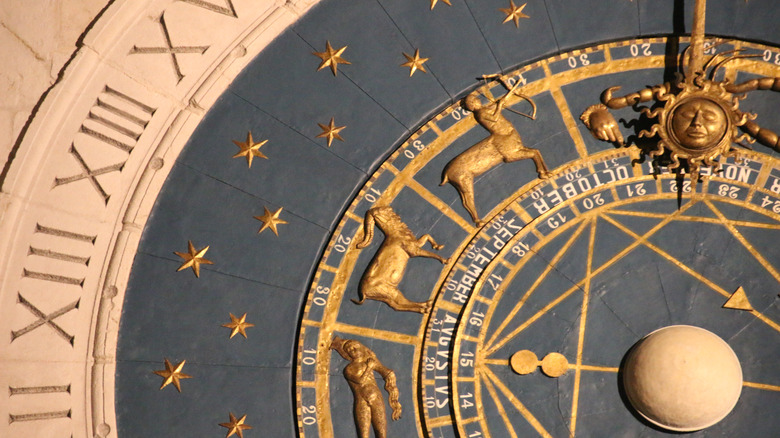How Did November Get Its Name?
Long before November was associated with pumpkin spice lattes and over-eating, it was a period of time recognized by the Roman calendar. Although we no longer use the Roman calendar due to its lunar complexities (and refusal to recognize January and February also known as the winter "dead months"), its influence can still be seen in the Gregorian calendar we've been using for the past 440 years (via Vox).
Before the Gregorian calendar came to be, though, the Julian calendar, also known as the Old Style calendar, was in use (per Britannica). Offered as a replacement for the Roman calendar, the Julian calendar was introduced in 45 B.C. according to Time and Date. However, when Pope Gregory XIII became head of the Catholic church, he decided to make adjustments to the clunky Julian calendar.
One of the more egregious problems with the Julian calendar was the fact that it didn't accurately measure the amount of time it takes the Earth to circle the sun. The Gregorian calendar corrected this error by shortening the year by .75 days to ensure that a leap year would correct the extended period of time. The reason a religious figure took on a lofty project such as, you know, adjusting an entire time measurement system is because Pope Gregory XIII's change allowed for the dates of equinoxes and solstices to line up with their observed dates.
Of course, none of this explains how November actually got its name.
November's name is derived from Latin
According to Almanac, each month's name is typically derived from one of three sources: gods and goddesses, rulers, and numbers. November falls under the "numbers" bucket, with its name coming from the number "nine" or the Latin word novem. Of course, this is where some (hopefully, most) readers will point out that November is not technically the ninth month of the year.
The month first got its name when it was part of the Roman calendar, which only had 355 days and, according to Britannica, "began in March and consisted of 10 months, six of 30 days and four of 31 days, making a total of 304 days: it ended in December, to be followed by what seems to have been an uncounted winter gap."
While this explanation might not be the most exciting, November still holds an important role in its current position as the eleventh month of the year. Almanac calls November "a social time of community suppers, feasts of thanksgiving, and general elections."
For those who follow astrological signs, November babies are either a Scorpio (October 23 to November 22) or a Sagittarius (November 23 to December 21). November's birthstone is topaz and its birth flower is a chrysanthemum.

